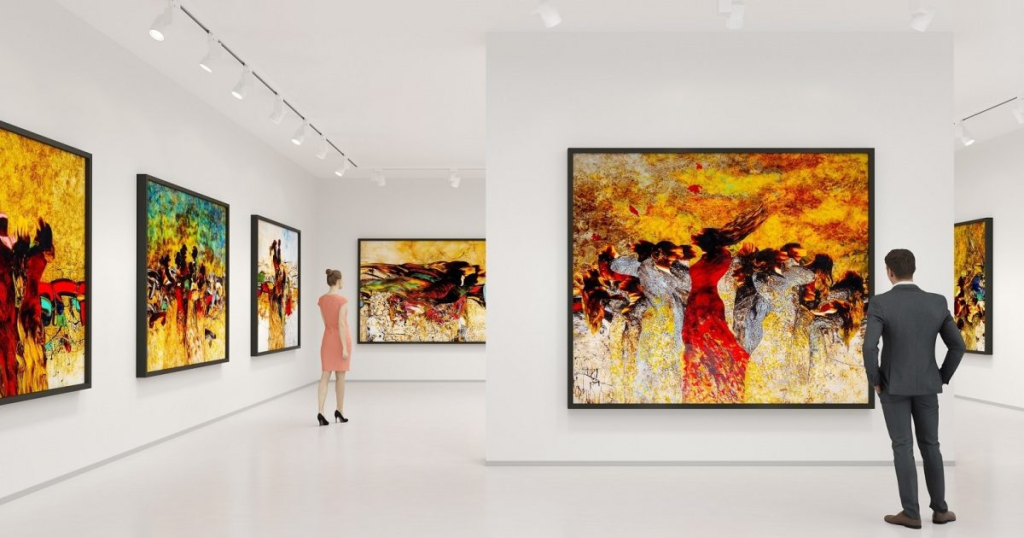
Collecting used to be a personal journey—a quiet pursuit of beauty, rarity, and emotion. But in today’s digitized, dollar-driven world, it’s becoming something else entirely. Art has become asset, and collectibles have become commodities.
Whether it’s a sculpture, a trading card, or a designer toy, many collectors now ask a very different question before buying: what’s the return on investment?
Welcome to the high-stakes game of modern-day collecting.
Fueled by booming auction markets and viral online hype, objects that were once appreciated for craftsmanship are now evaluated like stocks. A crystal vase might be judged not by its design, but by its resale potential. A rare figurine becomes a conversation about liquidity, not legacy.
On one hand, this financial lens has given rise to new opportunities. Emerging artists get noticed faster. Niche collectible categories gain global recognition. Digital platforms make trading easier and tracking value more transparent. For savvy investors, collecting can offer diversification and excitement that traditional assets rarely provide.
But something gets lost in this shift.
The emotional connection—the joy of discovering a forgotten gem in a dusty shop, or the thrill of restoring a damaged heirloom—fades when objects are reduced to balance sheet entries. Passion gives way to performance. Collections become portfolios.
And with this new mindset comes new risks. Market bubbles, artificial scarcity, and influencer-driven hype can inflate prices and distort value. In such an environment, authenticity suffers. Fake pieces flood the market. And worse, the appreciation for artistry often takes a backseat to speculation.
Yet, not all hope is lost.
A growing group of mindful collectors are resisting the trend. They view each acquisition as a blend of heart and head—part appreciation, part strategy. They don’t chase fads but understand market shifts. For them, the true asset isn’t the object itself—it’s the story behind it.
In the end, whether art or asset, collecting should spark something more than profit. It should reflect taste, tell stories, and express identity. Because while markets may rise and fall, a piece chosen with heart never loses its value.
